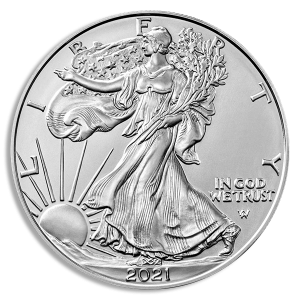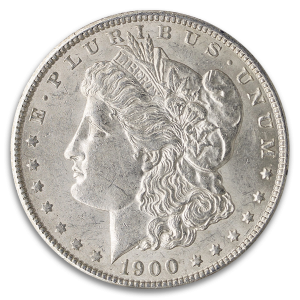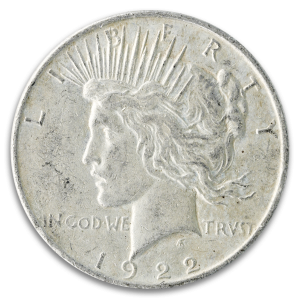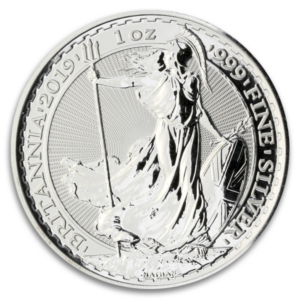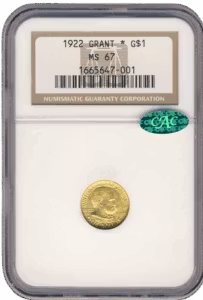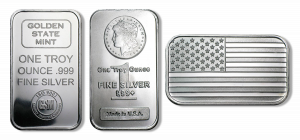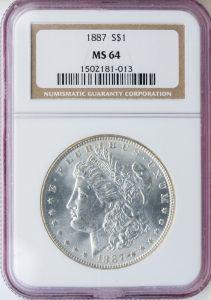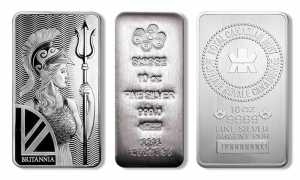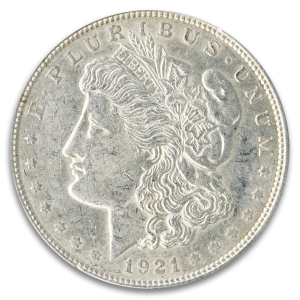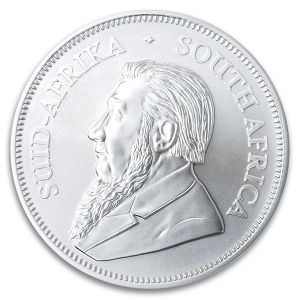Pre-1921 Circulated Silver Morgan Dollar (Dates Vary)
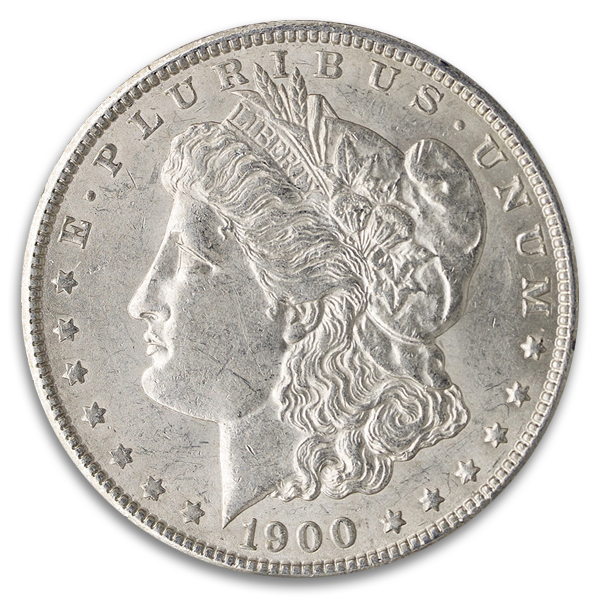


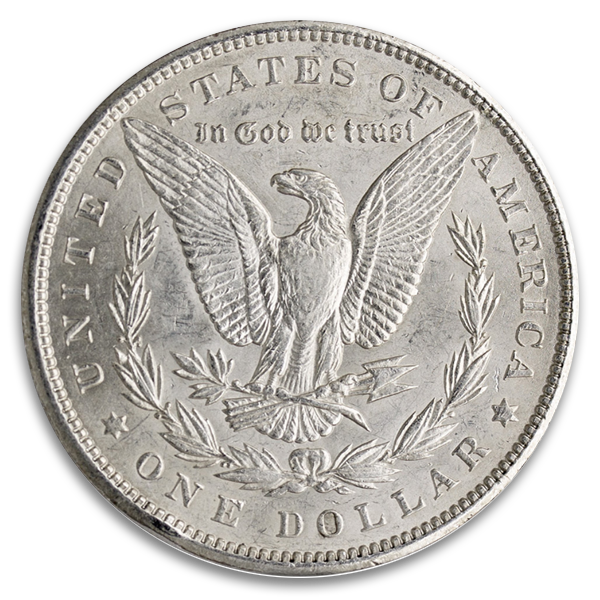

High Demand Product
Order in 1 click2025/12/16
QUICK AND EASY
2025/12/14
Fast & efficient.
2025/12/11
I wish they were open a little longer, for west coast customers.
2025/12/09
So easy to order! Nice people! Have never had a problem with any order over the years!
2025/12/07
Easy
2025/12/05
Great products as always
Introduction
The Pre-1921 Circulated Silver Morgan Dollar offers collectors and investors a historic piece of classic American coinage. Struck between 1878 and 1904, these circulated examples show honest wear from real use in daily commerce, giving each coin its own unique character. Whether lightly worn or well-traveled, every Morgan Dollar from this era reflects the enduring craftsmanship and symbolism that define one of the most beloved U.S. silver coins.
History
The Morgan Dollar was introduced in 1878 during a period of expanding Western mining interests and robust silver production. Named after designer George T. Morgan, the coin quickly became an icon of the American West, widely used in banks, saloons, railroads, and frontier towns. Minted across five U.S. facilities—Philadelphia, Carson City, San Francisco, New Orleans, and briefly Denver—pre-1921 issues represent the original era of Morgan Dollar production. These coins circulated heavily throughout the late 19th and early 20th centuries, making survivors with any remaining detail prized by collectors today.
Design
The obverse features Morgan’s classic portrait of Lady Liberty wearing a Phrygian cap adorned with agricultural wreaths, symbolizing unity and prosperity. The reverse showcases a powerful eagle with outstretched wings, clutching arrows and an olive branch to represent both strength and peace. Even in circulated condition, pre-1921 Morgans retain the bold relief and artistic elegance that have made this design one of the most recognizable in American numismatics.
| Metal | Silver |
|---|---|
| Weight | 0.7734 |
| Fineness | .900 |
| Diameter | 38.1mm |




